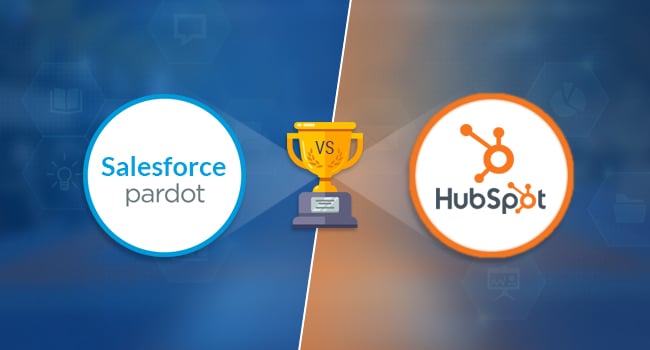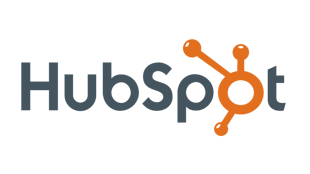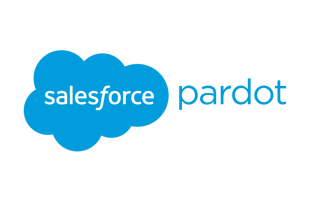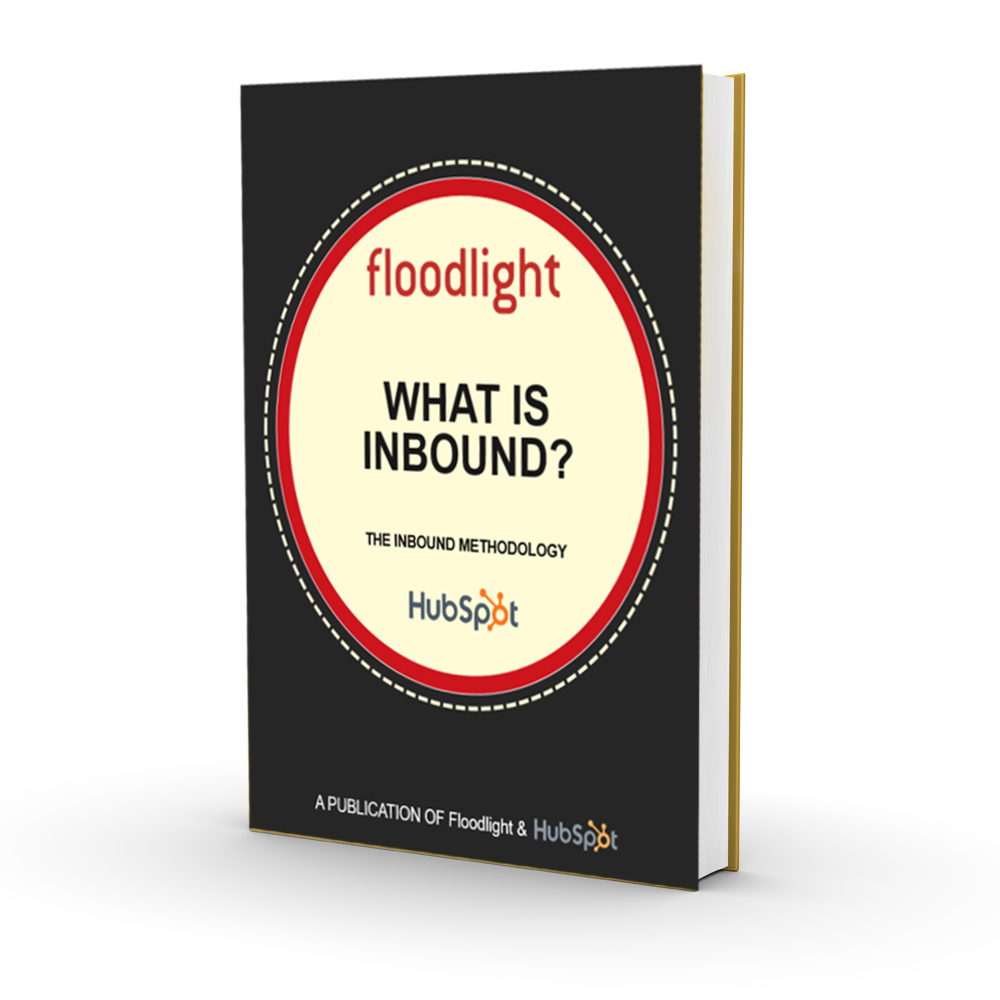HubSpot vs Pardot: The Ultimate Marketing Automation Comparison for 2025
Key Takeaways
- HubSpot offers more accessible pricing tiers with a free entry point, making it ideal for SMEs and growing businesses
- Pardot provides more sophisticated automation capabilities through its Engagement Studio, perfect for complex enterprise requirements
- HubSpot excels with 270+ integrations, while Pardot has fewer integrations but seamless Salesforce connectivity
- Both platforms offer comprehensive reporting, though HubSpot reserves some advanced features for enterprise tiers
- Your choice should depend on your existing tech stack, budget, and specific automation needs
Implementing marketing automation into your standard workflows is a powerful strategy to eliminate redundancies, improve accuracy, and accelerate your marketing campaigns. However, selecting the right marketing automation platform (MAP) can be challenging when evaluating which solution will best serve your specific business needs.
In this comprehensive comparison, we'll examine the two leading marketing automation platforms in the industry — HubSpot and Pardot (by Salesforce) — to help you make an informed decision for your business in 2025.

Before diving into the details, it's important to note that both of these solutions are exceptional automation tools. Any business can implement either platform to produce best-of-breed marketing automation. However, there are key differences that may be crucial for your specific business requirements.
Let's explore the critical factors that will help you choose between HubSpot and Pardot in 2025.
Campaign Creation Tools and Workflow Builders
The heart of any marketing automation platform is its campaign creation tools. HubSpot and Pardot take distinctly different approaches to automation workflows, so understanding these differences is essential for making the right choice.
Pardot Engagement Studio: Advanced Logic for Complex Automation
When it comes to sophistication and flexibility, Pardot's Engagement Studio stands out. While it has a steeper learning curve, it compensates with remarkable capability. Pardot's logic sequencer is incredibly powerful, allowing you to create virtually any automation campaign imaginable.
Like other advanced MAPs with logic sequencers, Pardot's interface resembles a flowchart with start and end points. Between these points, you can add unlimited branches and decision points to create highly customised automation workflows that respond to specific user behaviours.

The key advantage of Pardot's Engagement Studio is its unlimited branching capability, allowing you to create highly complex, personalised customer journeys. However, this power comes with complexity—users unfamiliar with logic-based automation may find it challenging to set up sophisticated campaigns without proper training.
HubSpot Workflow "Recipes": Simplicity with Templates
HubSpot takes a more template-driven approach to automation with its "recipes." These pre-built templates serve as starting points for creating workflows, making automation more accessible to marketers without extensive technical backgrounds.

HubSpot offers approximately 10 different recipe templates that serve as the foundation for most automation workflows. You can customise these templates to fit your specific needs, making it easier to get started with automation quickly.
The template-based approach makes HubSpot's automation capabilities more user-friendly than Pardot's, but this comes with some limitations in flexibility. For SMEs with straightforward automation needs, this won't be an issue. However, enterprise users with highly specific requirements might occasionally find themselves adapting HubSpot workflows to fit their complex needs.
For both platforms, it's highly recommended to work with experienced professionals who can help you maximise your marketing automation investment. Setting up effective automation workflows requires expertise, and partnering with specialists can significantly accelerate your lead scoring and nurturing capabilities.
Reporting Capabilities and Integration Options
Comprehensive reporting and seamless integration with your existing tech stack are crucial factors when selecting a marketing automation platform. Let's examine how HubSpot and Pardot compare in these areas.
HubSpot: Extensive Analytics with Broad Integration Options
HubSpot provides robust tracking for virtually any marketing metric you might need, including:
- Landing page performance metrics
- Campaign ROI analysis
- Customer lifecycle insights
- Page analytics and user behaviour
- Revenue attribution
- Competitor analytics
It's worth noting that some advanced features like custom event tracking and certain revenue reporting metrics are only available in the Enterprise tier. However, even the lower-tier plans offer comprehensive reporting capabilities for most business needs.
Where HubSpot truly shines is in its integration ecosystem. With over 270 native integrations, HubSpot allows you to connect your marketing automation with virtually any tool in your tech stack. This is particularly valuable for businesses running campaigns across multiple platforms or those wanting to integrate CRM data seamlessly into their automation workflows.
Pardot: Detailed Pipeline Analytics with Salesforce Integration
Like HubSpot, Pardot offers comprehensive reporting capabilities, including:
- Competitor tracking
- Detailed pipeline KPIs based on sales stages
- Webinar and event performance data
- Email marketing analytics
- Content performance metrics
One advantage Pardot has over HubSpot is that its custom event tracking features are available at all subscription levels. Additionally, Pardot's interface organises metrics by pipeline position, making it easier to quickly assess performance at specific stages of your sales funnel.
The primary limitation of Pardot is its integration ecosystem. With only about 35 native integrations, Pardot is more focused on the Salesforce ecosystem. However, if your business already uses Salesforce as your CRM, this tight integration can be a significant advantage, providing seamless data flow between your marketing automation and CRM systems.
Note: Both platforms can be extended with third-party integration tools like Zapier or other IFTTT services to connect with additional applications, especially for dashboard or app integrations not natively supported.

Customer Support and Service Comparison
HubSpot Support Options

HubSpot offers tiered support options based on your subscription level:
- Free Users: Access to knowledge base, community forums, and developer forums, but no dedicated chat or phone support.
- Basic Users: Full access to phone and chat support, which in our experience provides quick and effective solutions.
- Professional and Enterprise Users: All standard support options plus access to on-site inbound and technical support specialists.
HubSpot also offers extensive educational resources through HubSpot Academy, providing free certifications and training that can help your team master the platform more quickly.
Pardot Support

Pardot provides comprehensive support options across all subscription levels, which aligns with its premium pricing structure. Support services include:
- Dedicated support via chat and phone
- Extensive knowledge base resources
- Free training materials and webinars
- Customer portal access
- Regular product updates and webinars
Both platforms offer exceptional support experiences with friendly, knowledgeable staff ready to assist with any issues you encounter. The primary difference is that Pardot includes all support options at every tier, while HubSpot's support options expand with higher subscription levels.
Pricing and Value Considerations
While we haven't focused extensively on pricing in this comparison, it's worth noting that HubSpot generally offers more accessible entry points with its free tier and lower-cost starter plans. Pardot, as a premium Salesforce product, typically requires a more significant initial investment but delivers enterprise-grade capabilities from the start.
For growing businesses and SMEs, HubSpot's scalable pricing model allows you to start small and expand your investment as your needs grow. For enterprises already invested in the Salesforce ecosystem, Pardot's seamless integration may justify the higher price point through improved efficiency and data consistency.
Email Marketing Capabilities
Both platforms offer robust email marketing capabilities, including:
- Drag-and-drop email builders
- A/B testing functionality
- Personalisation options
- Automated email sequences
- Detailed performance analytics
HubSpot's email tools are generally considered more user-friendly, while Pardot offers more advanced segmentation capabilities for enterprise users. Both platforms provide excellent deliverability rates and compliance features to support your content marketing efforts.
Content Management and Landing Pages
HubSpot offers a more comprehensive content management solution with its integrated CMS Hub, allowing you to manage your website, blog, and landing pages within the same ecosystem. Pardot provides strong landing page capabilities but relies on integration with Salesforce CMS or third-party solutions for broader content management needs.
For businesses looking for an all-in-one solution that includes content management, HubSpot may offer more value. Companies already using Salesforce CMS or another content management system may find Pardot's focused approach sufficient for their marketing automation needs.
Making Your Decision: HubSpot vs Pardot in 2025
When deciding between HubSpot and Pardot for your marketing automation needs, consider these key factors:
| Factor | HubSpot | Pardot |
|---|---|---|
| Ease of Use | More user-friendly with template-based workflows | Steeper learning curve but more powerful capabilities |
| Pricing Model | Scalable with free entry point | Premium pricing with enterprise focus |
| Integration | 270+ native integrations | 35+ integrations with strong Salesforce focus |
| Automation Complexity | Good for standard automation needs | Excellent for complex, multi-branch automation |
| CRM Integration | Native HubSpot CRM with good third-party options | Seamless Salesforce integration |
| Support | Tiered based on subscription level | Comprehensive at all levels |
| Best For | SMEs, growing businesses, marketing-focused teams | Enterprises, Salesforce users, complex sales processes |
FAQ: Common Questions About HubSpot vs Pardot
Which platform offers better ROI for small businesses?
For small businesses, HubSpot typically offers better ROI due to its lower entry price point and scalable pricing model. You can start with basic features and expand as your needs grow, rather than investing in enterprise-level capabilities from the beginning.
Is Pardot worth the higher price for enterprises?
For enterprises already using Salesforce CRM, Pardot's seamless integration and advanced automation capabilities often justify the higher price point through improved efficiency, data consistency, and sophisticated customer journey mapping.
How long does implementation typically take for each platform?
HubSpot implementation typically takes 2-4 weeks for basic setup and 1-3 months for full implementation with integrations. Pardot usually requires 1-2 months for basic setup and 3-6 months for comprehensive implementation, particularly when integrating complex sales processes.
Can I migrate from one platform to the other?
Yes, migration between platforms is possible, though it requires careful planning. Both HubSpot and Pardot offer migration services and partner with agencies specialising in platform transitions. Expect a 3-6 month process for a complete migration of data, workflows, and assets.
Final Thoughts: Choosing the Right Marketing Automation Platform
Both HubSpot and Pardot are powerful marketing automation platforms capable of transforming your marketing operations. Your choice should ultimately depend on your specific business needs, existing technology stack, budget constraints, and growth plans.
HubSpot offers a more accessible, user-friendly approach that scales with your business, making it ideal for SMEs and companies looking for an all-in-one marketing solution. Pardot provides enterprise-grade automation capabilities with seamless Salesforce integration, perfect for larger organisations with complex sales processes.
We strongly recommend testing both platforms through demos or trial periods to determine which interface, features, and integrations best align with your specific requirements. With proper implementation and expertise, either platform can significantly enhance your marketing automation capabilities and drive better results.
If you're looking to implement a marketing automation platform but need expert guidance, contact us for a personalised consultation to help you make the right choice for your business.

